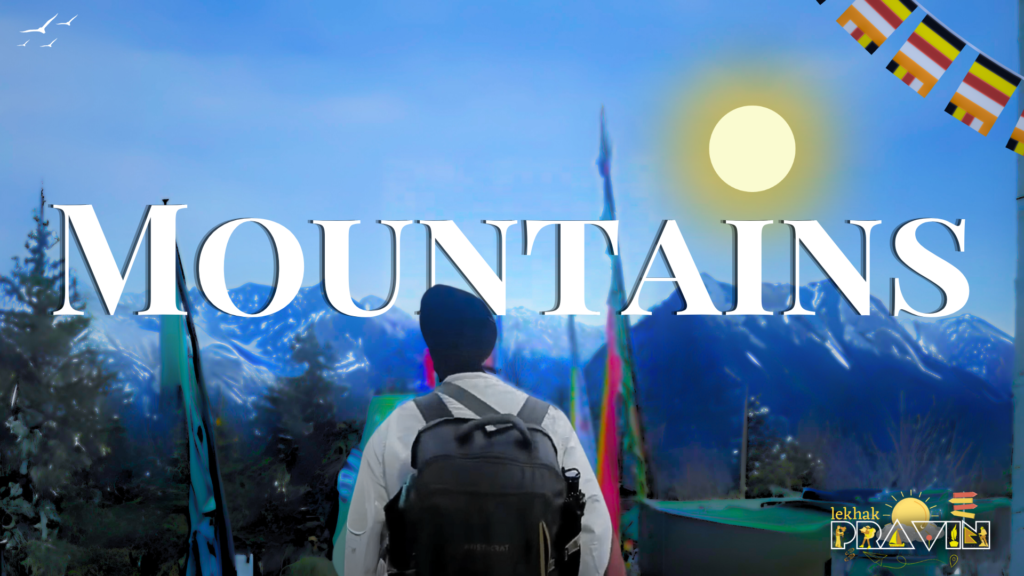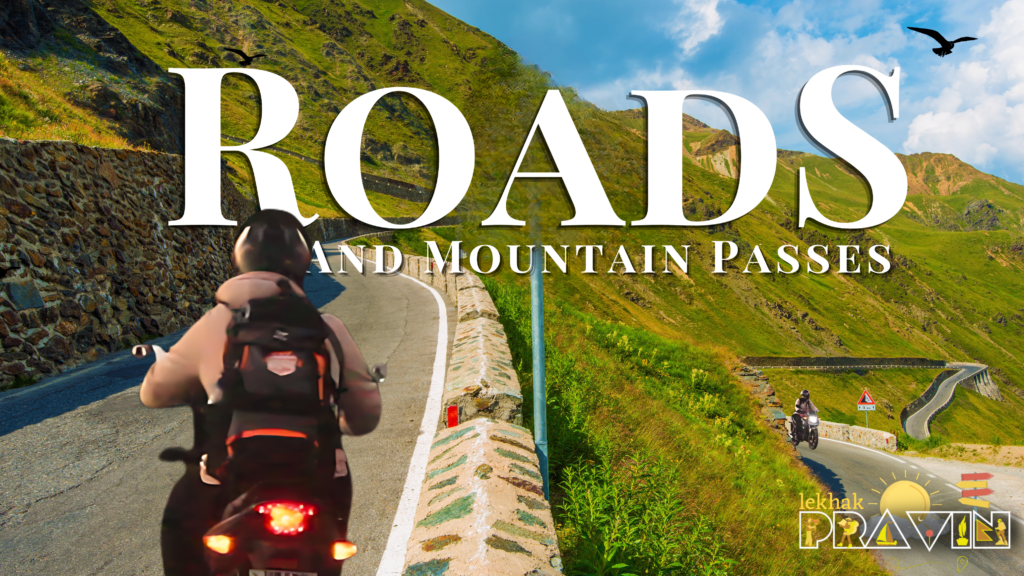Mountains
“Up above the world so high…”
Explore the mountains of the Indian Subcontinent with your favorite Indian Travel Blogger, Lekhak Pravin. This category consists all the blogs written by me on the mountains and the high Himalayan peaks. Explore this category if you are a mountain-person.
Beaches
“By the beaches, under the blue sky!”
Explore the beaches of the Indian Subcontinent with your favorite Indian Travel Blogger, Lekhak Pravin. This category consists all the blogs written by me on the lovely beaches and the ways you can experience the best of them. Explore this category if you are a beach-lover.
Forests
“Amidst the forests green and fresh…”
Explore the forests of the Indian Subcontinent with your favorite Indian Travel Blogger, Lekhak Pravin. This category consists all the blogs written by me on the lush green forests and the ways you can experience the best of them. Explore this category if you love forests.
Roads And Mountain Passes
“My true self, on roads, I express!”
Explore the roads and mountain passes of the Indian Subcontinent with your favorite Indian Travel Blogger, Lekhak Pravin. This category consists all the blogs written by me on the extreme roads and high mountain passes, and the ways you can experience the best of them. Explore this category if you are a roadie.
Rivers And Lakes
“Sitting by the rivers and lakes in peace;”
Explore the rivers and the lakes of the Indian Subcontinent with your favorite Indian Travel Blogger, Lekhak Pravin. This category consists all the blogs written by me on the lovely rivers and lakes and the ways you can experience the best of them. Explore this category if you are looking for a peaceful getaway by the river beds.
Treks
“I remove my sorrows on treks with ease!”
Explore the treks of the Indian Subcontinent with your favorite Indian Travel Blogger, Lekhak Pravin. This category consists all the blogs written by me on the mountain treks and the ways you can experience the best of them. Explore this category if you are an avid-trekker.
Experiences Are Eternal
“Experiences are Eternal” is a tagline that I use for my works, because I feel that everyone in this world has their own share of experiences that are completely different from the others’. Well, through this platform, I present you all with my share of experiences. I show you guys what I see through my eyes and I genuinely hope you guys would love it!
Who knew where life would drag me next, right? I felt the same when I set out on my first solo adventure. Let me tell you, things have been a wild ride ever since! Traveling is like Hogwarts magic, except without the wands (unfortunately). Follow along as I kick off my travel expeditions!

Pravin Pathak
Owner, Marketing Strategist, Designer & EditorNamaste, I am Pravin Pathak, the brains and body behind this website. From the time I have started to learn, I have learned that life gives chances to those who know how to grab them. I took up every challenge thrown towards me and came out of it; not necessarily winning every time, but learning for sure.
All the graphics and the articles, every thing down to the last bit on this website is an epitome to my learnings over the years. This is solely a work of creative and professional freedom. This website has made Pravin Pathak, Lekhak Pravin. I share my writings with the same name.







